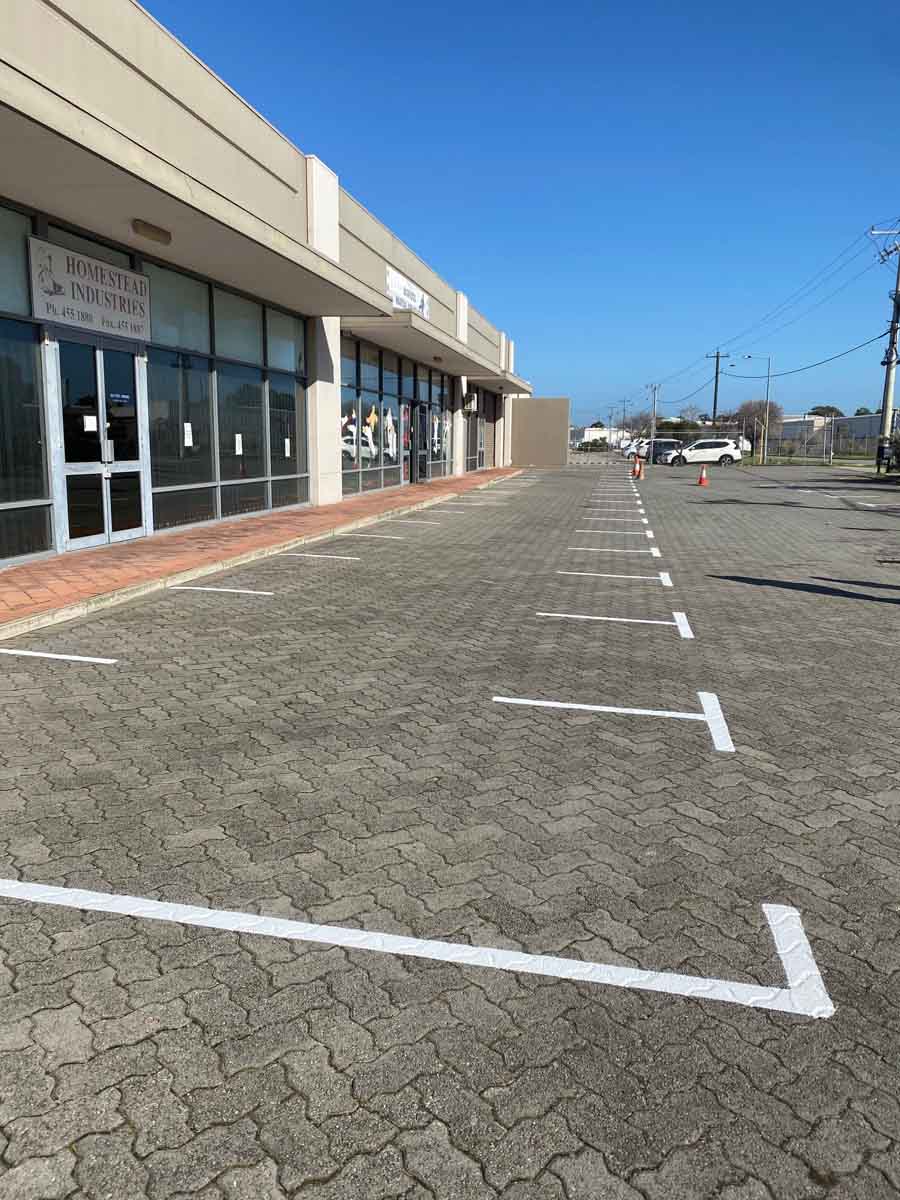Getting line marking wrong in the carpark of your business can cost your business way more than you’d think. You can be fined for incorrect lining and if someone gets hurt and youre liable.
At Delineation Line Marking they’ve seen too many companies learn this the hard way which is exactly why understanding Australian car park regulations is smart for your business.
Most business owners reckon car park marking is pretty straightforward. All you need to do is paint some lines and mark a few disabled spots. But reality?
It’s way more complicated than that. Depending on what state you live in youll have different rules and there are accessibility considerations to think about.
The basics every business needs to know
Let’s start with what trips up most people, space dimensions. You really cantjust eyeball the width of a parking space, you need it to be at least 2.4 metres wide and 5.4 metres long in Australia.
These are minimum requirements and they don’t account for the type of vehicles your customers actually drive. If you’ve got a shopping centre that sees plenty of SUVs and utes, you’ll want to go bigger.
Nothing frustrates customers more than struggling to squeeze into spaces that are technically legal but useless to actually use. Youll drive customers away literally if they cant park at your business.
Angle parking changes the game completely. When you’re doing angled spaces the depth requirements shift depending on the angle you’re working with. The thing is though most councils don’t actually explain this stuff clearly in their guidelines. You’re supposed to just know it somehow.
Accessibility requirements that actually matter
This is where things get serious. Disability parking spaces aren’t optional extras you can add if you feel like it they’re legally required and the penalties for getting them wrong are substantial.
You need one accessible space for every 50 standard spaces. But that’s just the starting point. These spaces need to be at least 3.2 metres wide, located closest to the main entrance, connected to accessible pathways and clearly marked with proper signage.
The shared access aisle between accessible spaces? That needs to be 2.5 metres wide minimum. If you don’t follow these rules then don’t be surprised if you end up facing discrimination backlash from customers that have mobility disabilities.
State by state differences you can’t ignore
This is where it can get kind of annoying. What’s perfectly legal in Queensland might get you fined in Victoria. Each state government has decided to do things their own way which means businesses operating across state lines need to pay attention to multiple sets of rules.
New South Wales requires specific paint colours for certain markings. Yellow lines for no-parking zones, white for standard spaces, blue for disabled parking. Use the wrong colour and council inspectors will notice that’s for sure.
Victoria has stricter requirements for shopping centre car parks. Victoria also check how you’re your lines are and how visible they are.
Queensland focuses heavily on drainage considerations. Your line marking layout needs to account for where water may flow to which can restrict where put your parking bays.
Don’t assume what works in one state will automatically comply everywhere else. It’s a pain but that’s the reality we’re working with.
Paint specifications and standards
You can’t just grab any old paint and start marking lines. Australian standards specify exactly what materials are acceptable for different applications.
AS/NZS 2009 covers line marking materials for car parks and roads. The paint needs to meet the standards of durability and colour fastness and must also have anti slip resistance.
Thermoplastic markings last longer but cost more when you first buy them. They are often needed for high traffic areas or for safety reasons. Regular paint might seem cheaper initially but if you’re repainting every year because of compliance issues those costs add up fast.
Maintenance requirements nobody talks about
Maintenance is definitely something that catches business off guard and normally goes unnoticed until its too late. Once you have your line painted in the correct place you need to keep it that way. Faded lines are not compliant.
You also need to get regular inspections, at least every six months to make sure youre complying. Catching problems early saves money compared to complete re-marking projects.
High-traffic areas wear out faster than quiet corners obviously. Spaces near shop entrances or main walkways might need touch ups every few months but areas far away that don’t get much traffic should be fine for years.
Getting professional help vs doing it yourself
Youll find a lot of business try to save money when starting out an dod it themselves but end up having to pay for it to be redone anyways because they didn’t get it right. For small touch-up jobs that might work.
For new major projects? You’re usually better off hiring professionals who understand compliance requirements.
Professional line marking companies carry insurance specifically for this work. They know which materials meet local standards and understand permit requirements and can handle the paperwork that councils require. When something goes wrong with DIY marking you’re on your own.
Making compliance work for your business
Car park line marking regulations may seem overwhelming at first but they exist for good reasons.
They protect your customers and community all while protecting your business aswell. Its much more difficult to be slapped with a liability or negligence case if you’ve followed all the guidelines closely.
Proper planning saves money long-term. Taking time to understand requirements and choose appropriate materials and plan for future needs prevents expensive mistakes.
When you get line marking right the first time it becomes one less thing to worry about while you focus on running your business.
Working with professionals can take the stress away of calculating and following everything yourself so don’t be shy to ask for help.

